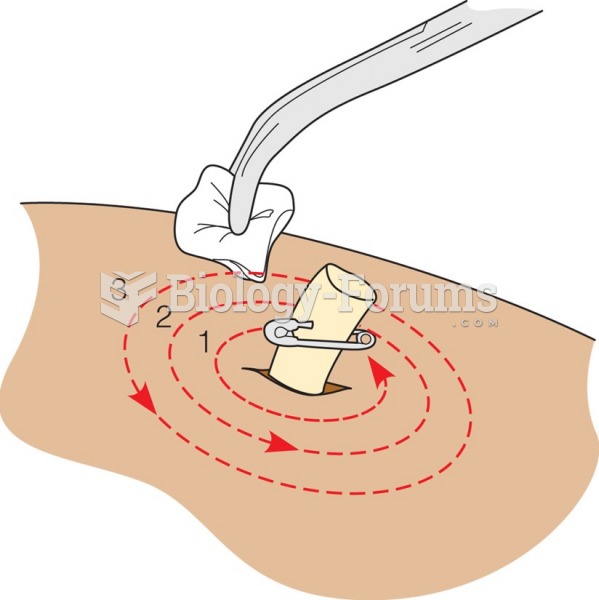Answer to Question 1
Contingent work is part-time work, temporary work, or subcontracted work that
offers advantages to employers but that can be detrimental to the welfare of workers.
Contingent work is found in every segment of the work force. Employers benefit by
hiring workers on a part-time or temporary basis; they are able to cut costs, maximize
profits, and have workers available only when they need them.
Most part-time workers are women, teenagers, and older persons; women constitute
75 percent of all part-time workers. Temporary workers are the fastest-growing
segment of the contingent work force, and agencies that place them have increased
dramatically in number in the last decade. Temporary workers usually have lower
wages and fewer benefits than permanent, full-time employees in the same field.
Subcontracted work is another form of contingent work that often cuts employers'
costs at the expense of workers.
Instead of employing a large work force, many companies have significantly reduced
the size of their payrolls and benefit plans by subcontractingan agreement in which
a corporation contracts with other (usually smaller) firms to provide specialized
components, products, or services to the larger corporation. Many contingent workers
experience underemployment, as do other workers when their job is permanent but
provides fewer hours of work than they desire or when their qualifications are far
greater than those required for the job. There are three major types of unemployment:
(1) Cyclical unemploymentoccurs as a result of lower rates of production during
recessions in the business cycle; although massive layoffs initially occur, some of the
workers will eventually be rehired, largely depending on the length and severity of the
recession. (2)
Seasonal unemploymentresults from shifts in the demand for workers based on
conditions such as the weather (in agriculture, the construction industry, and tourism)
or the season (holidays and summer vacations). Both of these types of unemployment
tend to be relatively temporary in nature. By contrast, structural unemployment may
be permanent. (3) Structural unemploymentarises because the skills demanded by
employers do not match the skills of the unemployed or because the unemployed do
not live where jobs are located. The unemployment rate is the percentage of
unemployed persons in the labor force actively seeking jobs. Unemployment
compensation provides unemployed workers with short-term income while they look
for other jobs. Federal laws have set the guidelines and minimum standards for the
program, which is administered by the states.
Answer to Question 2
True







